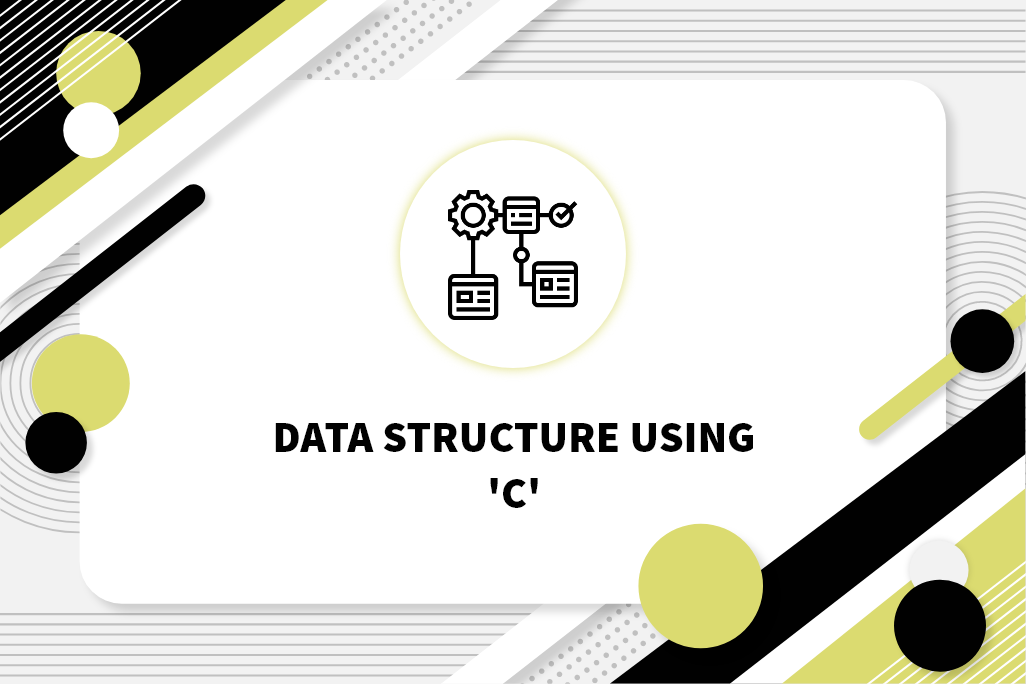TheLearnify


Problem Solving Concept: Top-down and Bottom-up Design Approach
Definition of problem-solving.
Problem-Solving किसी Specific Problem या Problems के Set को Solve करने के लिए एक Process है, जिसमे Problem को Solve करने के लिए किसी भी Programming Language में Set of Instruction को लिखा जाता है|Problem-Solving की Process में Problem को Identify करना, Algorithm Design करना, किसी भी Programming Language में Program Code Write करना, Program का Testing और Debuging करना तथा Better Performance के लिए Program को Optimize करना शामिल है।
किसी Problem को Solve करने के लिए एक Programmer को किसी भी Programming Language की Solid understanding होनी चाहिए, जिसमें Syntax, Constructs और Library Included हैं। तथा Programmers को Efficient Algorithm Design करने और Clear Code लिखने के लिए Problem-Solving Techniques को Apply करने भी आना चाहिए। Problem-Solving की Process में अक्सर Data Structure के साथ Work करना भी Included होता है| जैसे कि Arrays, Linked lists, Tree और Graph साथ ही Algorithm जैसे कि Sorting, Searching और Graph Traversal का use करना।
Data Structure Language में Problem-Solving के लिए Top-down और Bottom-up दो Popular Approach हैं।
Top-down Design Approach
- High-level view : Problem का Analyze और High Level पर समझा जाता है| और Overall Solution को Small Sub-Problem में Divide किया जाता है।
- Recursive Decomposition : प्रत्येक Sub-Problem को Recursive रूप से Solve किया जाता है| Problems को और भी Small Sub-Problem में Break किया जाता है, जब तक कि Problem पूरी तरह से Solve नहीं हो जाती।
- Abstraction: Solution Abstract Data Structure का Use करके बनाया गया है| जैसे Arrays, Linkedlist, या Tree जिनका उपयोग Sub-problem के बीच Relationship को Represent करने के लिए किया जाता है।
- Modularity: Solution को Modular होने के लिए Design किया गया है, ताकि प्रत्येक Sub-problem को Independent रूप से Solve किया जा सके| जिससे Solution Maximum Flexible और Maintain रखने में आसान हो।
Advantages of Top-down Design Approach
- Clarity and Simplicity : यह Problem और उसके Solution की Clear Understanding की Permission देता है, जिससे Complex System को Small और अधिक Manageable Component में Break करना आसान हो जाता है।
- Modularity: Modular Code का Top-down DesignApproach का Result होता है, जो Test, Debug और Maintainance को आसान बनाता है।
- Reusability: Complex System को Small Component में Break करने के कारण Future में Project Component में Reuse करना आसान हो जाता है।
- Abstraction: Top-down Design Approach Abstraction को Implement करता है, जिससे Developer Low-Level Implementation Details के बजाय System के High-Level Design पर Focus कर सकते हैं।
- Flexibility: Top-down Design Approach अधिक Flexibility Provide करता है, जिससे Requirement Change होने की स्थिति में System को Modify करना आसान हो जाता है।
Disadvantages of Top-down Design Approach
- Over-Engineering : Top-down Approach के कारण Over-Engineered Solution Generate हो सकते हैं| जिससे Implementation Process Complex हो जाता है।
- Incomplete understanding : यदि Problem अच्छी तरह से समझ में नहीं आती है, तो Top-down Design Approach का Result Incomplete Solution हो सकता है।
- Inflexibility: एक बार High-level design Establish हो जाने के बाद System में Changes करना मुश्किल हो सकता है, क्योंकिChanges का पूरे Code में Cascading Effect हो सकता है।
- Time-consuming : Top-down Approach Time Consuming होता है, क्योंकि Implementation शुरू होने से पहले Careful Planning और Design की आवश्यकता होती है।

Bottom-up Design Approach
- Component creation : Problem को उसके सबसे Smallest Component में Divide किया जाता है| और प्रत्येक Component को अलग-अलग Solve किया जाता है।
- Component combination : अलग-अलग Component को तब एक Complete Solution बनाने के लिए Combine किया जाता है, जब तक की Complete Problem solve नहीं हो जाता है|
- Incremental development : अलग-अलग Component से Start करके और Complete Solution तक Process करते हुए Solution को Incremental way में बनाया जाता है।
- Reusability: Solution को Reusability के लिए Design किया गया है|
Advantages of Bottom-up Design Approach
- Incremental developmen t: Bottom-up Design Incremental Development को Permisssion देता है, क्योंकि Large System में Integrate होने से पहले Individual Component को Build और Test किया जा सकता है।
- Early Testing : Bottom-up Design Early Testing को Implement करता है, क्योंकि Large System में Integrate होने से पहले Individual Component को Test किया जा सकता है। यह Development Process की शुरुआत में Bug को Identify और Fix करने में मदद करता है।
- Simplified debugging : Bottom-up Design, Debugging को आसान बनाता है, क्योंकि Bug को अलग-अलग Component में Divide किया जा सकता है ,और अधिक आसानी से Fix किया जा सकता है।
- Reduced Complexity : Bottom-up design के Use के कारण Complexity का Level कम होता है, क्योंकि Complex System Simple Component से Built होते हैं।
Disadvantages of Bottom-up Design Approach
- Difficult to plan : bottom-up Approach की Plan Create करना कठिन हो सकता है, क्योंकि इसके लिए Large System को Design करने से पहले अलग-अलग Component की Clear Understanding की Requirement होती है।
- Limited understanding : Bottom-up Design के Use के कारण Overall System की Limited Understanding हो सकती है, क्योंकि Overall System के बजाय Individual Component पर Focus किया जाता है।
- Integration challenges : Individual Component को एक Large System में Integrate करना Challenging हो सकता है।
- Time-consuming : bottom-up Approach Time Consuming हो सकता है, क्योंकि Large Sytem में Integrate करने से पहले Individual Component को Build और Test किया जाता है।
Add a Comment Cancel reply
Your email address will not be published. Required fields are marked *
